|
If you’re like most people with furry family members taking your pal to the vet is probably not on your bucket list. But with some information and planning you can make visits easier. These tips will lower the stress level for both you and your pet, and are be especially useful if you who have a reactive or fearful dog. 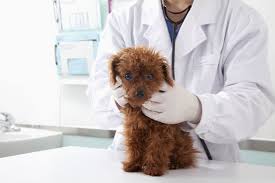 1. Find the right vet Do your homework. First, ask fellow “dog people” who they recommend… trust me, they will have opinions. Next, find two or three vets that come highly recommended. Then if possible, set up a consult-only visit to talk with them about your dog’s needs; this step will be especially important if you have a fearful pet. This visit will give you a chance to ask questions and get a general feel for the clinic, staff, and veterinarian. To make the most of your time have a list of questions ready to ask your prospective vet. 2. Practice visits Practice visits get your pet ready for the “real thing”. Currently I do this with my dog once or twice per month, but when I first started I took her once a week. The whole idea of the practice visit is to create positive associations with being there. Our practice visits go something like this: A walk around the parking lot or property when it is quiet. I let her sniff and enjoy. I also do some training like “sit” and “down” which are behaviors she knows really well. I do not practice anything that is new as that might be a bit stressful. Then, we go to the front door and she gets lots of treats and praise, then we move into the lobby if it is quiet, and once again I ask for a “sit” and give lots of treats and praise. I will even ask the staff if they will feed her a treat (only does this if you dog is okay with it). We then walk over the scale, and practice getting a weight on her. If your dog has had traumatic experiences at the vet or is just fearful, this process needs to be done carefully or you risk inadvertently make it worse. For example, if your dog immediately puts their tail between their legs, and won’t even get out of the car in the parking lot it means it is too much for them. In that scenario, start by parking, giving treats and praise for being calm in the car for a couple of minutes. Then, leave and come back another day , extend the time slowly and repeat until they are ok getting out of the car. Basically, get them accustomed slowly. The idea is to make it enjoyable and stress free for both of you. 3. Plan your visit Even if you don’t do practice visits, you can lower your stress and your pet’s by planning ahead. If possible, make your appointment on a day you are not overly busy so you can give yourself time before and after the visit to do something fun with your dog, like a quick game of fetch. If you need support take a friend with you. Plan to have some of your pups favorite items handy… toys, treats, etc. If you have a dog that can’t handle the presence of other pets in the waiting room, call ahead and let the vet staff know. Often they will get you right into a room, or at the very least you can keep your pet in the car until your appointment. Finally, remember that your behavior and energy will influence how your dog reacts to the visit. So, breathe and stay calm. No matter how the visit goes follow it with a positive experience. Take a walk, give treats and praise whatever you can do immediately after the visit to keep it positive will help you the next time you visit. Where do I start?
O.k. you’ve read the tips and the links, and maybe you are thinking….great ideas, but I need help. Or maybe you have an extremely difficult dog, and feel overwhelmed just at the thought of practice visits. If this is you, I can help.
0 Comments
Exercise Your Dog's Body and Mind Now offering new programs to exercise your dog’s body and mind. Each plan is based on your goals and your dog’s needs. Play and Train Sessions Play and Train Sessions build and strengthen your dog’s current training level, or change unwanted behavior using positive techniques your dog will love. The plan provides a variety of training exercises and activities including: loose leash walking; recall; puzzle games; and interactive play (fetch, tug or hide & seek). Puppy Outings Puppy Outings are a great way to work on training basics and socialization. All the activities are designed to make learning fun and build foundation skills to help them become a healthy, happy adult. Who are they for?* These programs are designed for:
Sign up today! Don't see the perfect fit for you?
Take a leap and reach out. We can create a program just for you.
Shy or fearful? Is your dog suddenly shy or fearful of new things? Have they become afraid of something, person or place that she has not been afraid of in the past? It could be due to a period in their development. Dogs go through two "fear periods".Dogs go through two “fear periods”. The first period happens at approximately 8-10 weeks of age and the second between six and 14 months of age. The fear may manifest itself in behaviors like overly cautious behavior, growling, lunging, hiding or barking. Just recently a client with a German shepherd puppy was concerned because one day he began growling at strangers when just the week before he had been fine. There are ways to help. Most dogs move past these stages without any special attention on the part of their people. The second period seems to have more lasting impact on dogs, and how you react can make a difference in how it affects them, and there are ways to help your dog as they are experiencing it.
Once your dog knows a behavior well, and can perform it in many locations and with many distractions, you can fade the use of your marker signal and rewards. In other words, you don't need to click and treat every time your dog sits for you. However, it's also important to pay off every now and then to keep your dog in the game and gambling. "This time might be the time the reward happens, so I'm going to keep doing what I'm doing, just in case." Here's an example of how you can fade the use of treats when using a verbal marker while teaching a behavior like "sit":
Reducing the use of food rewards should be a goal, but always be ready to go back to using more or better treats when you add more distractions, duration, or distance to a behavior - at least until your dog has a clear understanding that this is the same training as before, just in different context. If a well-trained behavior falls apart when you go out into the world, that's information for you. It's time to help your dog by going back to food - usually a high value reward. Once your dog demonstrates that he can stay focused on the task at hand, you can switch to a lower value food as long as you maintain the successes you achieved with the high-value food in that same location or with the same distractions. Once you have decided to use fewer treats, bear in mind that never using treats again would be like asking yourself to give up ice cream, cake, or other goodies. There is nothing wrong with using food to reward your dog, just use it to your advantage - to help him get better with his skills. Sometimes it is fun to give your dog a treat, just like it is fun for us to get unexpected rewards. Also, if your dog does something really amazing that you would like repeated, then food is the best paycheck you can give him to keep him in your employment. About the Author
If your dog barks and lunges at distractions or just drags you on walks, one helpful strategy is to perform fun exercises that help your dog focus on you.
These exercises work best if you adopt quick, precise treat delivery and movement speed as well as posture and arm positions that make your signals clear.
Focused Exercises
The following is a set of patterns for combining simple exercises in ways that make focusing on you fun:
About the Author
During this last year my dog, Bella and I did something that I did not think was possible. We happily and calmly walked within 20 feet or so of half a dozen unfamiliar dogs and their people. I was in awe. There was not so much as a peep (or dare I say growl) out of Bella. This may seem small or trite to some, but to me it was thrilling. If any of you have a reactive dog you probably understand, for the rest of you, let me give you some background. When I say reactive I mean that when on leash and within close proximity to other dogs lunging, snarling and biting at whatever is around including the leash and/or human body parts. My husband and I adopted Bella from our local shelter 8 years ago. She did not always exhibit this kind of behavior, however in hindsight, signs of anxiety were present. In fact, the first months with her were uneventful, but soon after she began showing signs of anxiety and mild aggression then, soon after that we had our first “incident”. I bent over to pet her and she growled, snapped and lunged at me. I was shocked, and scared. I never expected this to happen to me. Within a year or so of that she also began to be reactive to other dogs while on leash. We tried many things to curb this behavior including positive reinforcement, and using mild aversive techniques with little success. So how did we get from snarling and biting to calm well-mannered behavior? Well, I’ll tell you it was a lot of work, but I implemented a program to manage and to change her behavior (and mine). If you have ever tried to change your own behavior say starting an exercise program or to quit smoking you know what I am talking about. Behavior change requires focus on the unwanted behaviors, and the practice new of behaviors on daily basis. Along with lots of practice change requires persistence as well as a healthy dose of patience. The first step of the process for me was to understand the "how" and "why of canine behavior including how they communicate and how they learn. Then, I had to understand what was triggering her unwanted behavior. After doing my homework I was ready to implement training to work effectively to change her response to people and dogs. The next step was to work on basic obedience, as well as to develop and implement a behavior modification plan. The knowledge I gained and techniques I learned over the years have not only changed her behavior, but have change mine. I use positive reinforcement in my daily practice. I focus on rewarding the behavior what I want, not to punish for what I don’t. Through all of the learning and training I have learned to trust Bella (and she has learned to trust me) and mend our broken relationship. I now see Bella in a new way. I see what is good and how fabulous she is rather than this “demon” dog of old. Although I know that the negative tendencies can reoccur, I am empowered because I know how to manage some and change others. For dog owners with aggressive or reactive dogs—There is hope. You can build trust and share a happy life with your dog. Tips for Success What you can do:
Resources
If you ask me why your dog is chewing your carpet to shreds, or attacking other dogs I would ask you to describe the situation. I would want to know details like:
My next question would be "tell me about a day in the life of your dog". I want to know:
These are questions I use to find out what factors or triggers contribute to the dog's behavior, and others to see if their basic needs are satisfied. Understanding the details of the problem and the dog's lifestyle help me to evaluate what is needed to help change or manage behavior. Many unwanted behaviors stem from pets trying to meet their needs in a way that is not appropriate to their humans, i.e. crazy energy, chewing, anxiety and withdrawal. If you are having behavior issues with your dog one of the first things I would suggest to you is to find a qualified trainer or behaviorist. Additionally, take a look at your dog's lifestyle and see if that may be what is impacting their behavior. Here are five lifestyle factors that can improve behavior and overall health. 1 - Exercise Each dog needs different amounts of exercise depending on breed, age, size and health. All dogs need to move and get their heart pumping daily. Find out more about your dog’s exercise needs. 2 - Mental Stimulation Just like us, dog’s need a balance of mental and physical activity. Generally, your dog needs between 3 and 6 hours of activity per day to be healthy. There are many fun activities to do with your dog that take little effort on your part. More brain games. 3 - Good Nutrition Your dog’s behavioral wellness is also influence by diet. Make sure to understand the nutritional needs of your dog. Although there is some controversy, most experts suggest 30% protein, 30% fat and 40% carbs is healthy for your dog. Here is a link to basic Nutritional information. Click to see a good homemade dog food recipe for your pup. 4 - Companionship Humans and dogs both need social contact with others to be healthy. Your dog needs to interact with others, 8 or more hours alone is very hard on your social pooch. If you are gone much of each day you might consider a dog walker, or a neighbor who can come and play with your pet during the day. Dog daycare is also an option, but it is not for every dog. 5 - Rewards Positive training is the key to a good relationship with your dog. A healthy, positive relationship improves all aspects of life with your dog (and yours). Remembering to reward your dog with praise, pets and/or treats goes a long way to changing and maintaining behaviors you want. |
Debbie Lewis, MSI educate and support people as they deepen their understanding of their pet's behavior to create happy, healthy pet-people relationships. Topics
All
Archives
April 2024
|
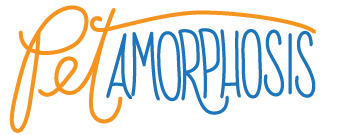

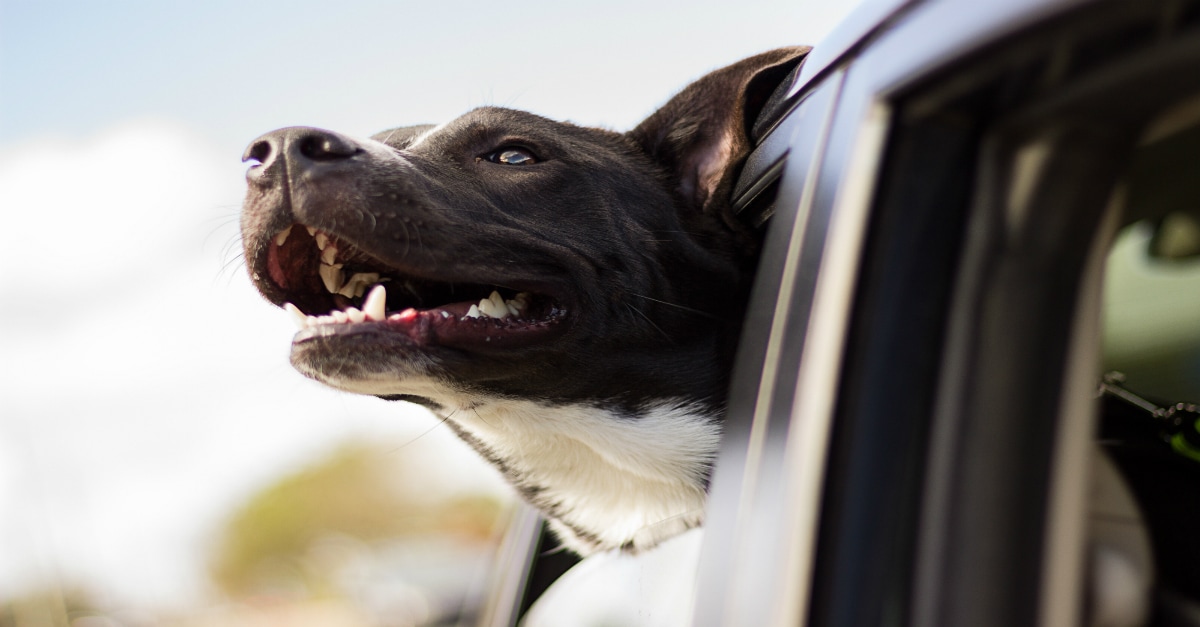
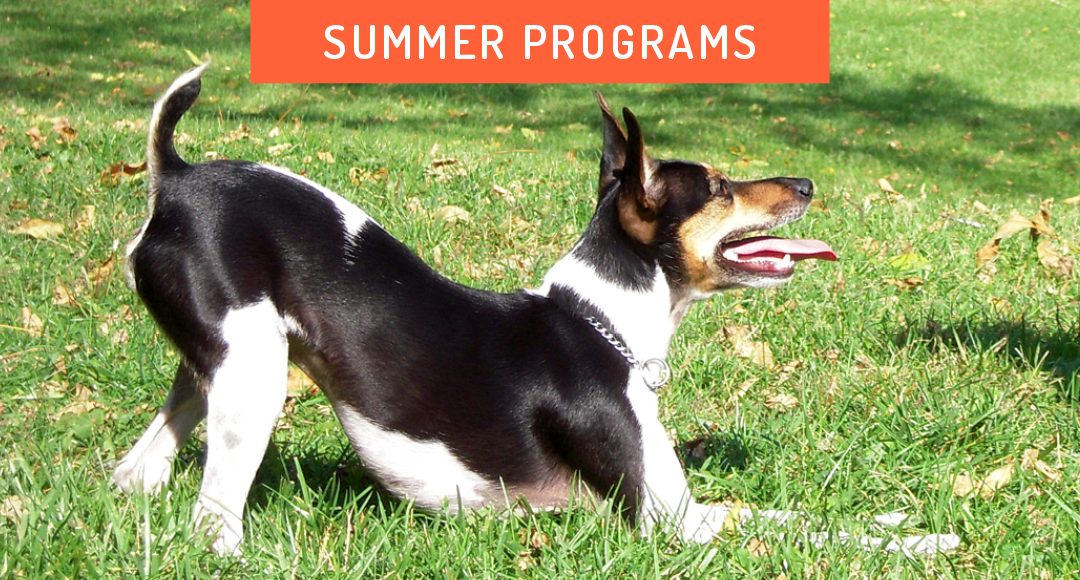

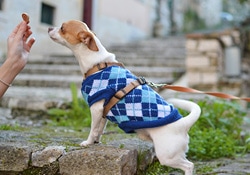

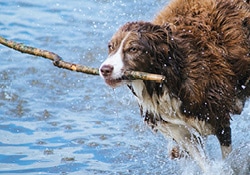

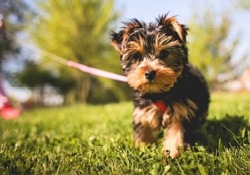
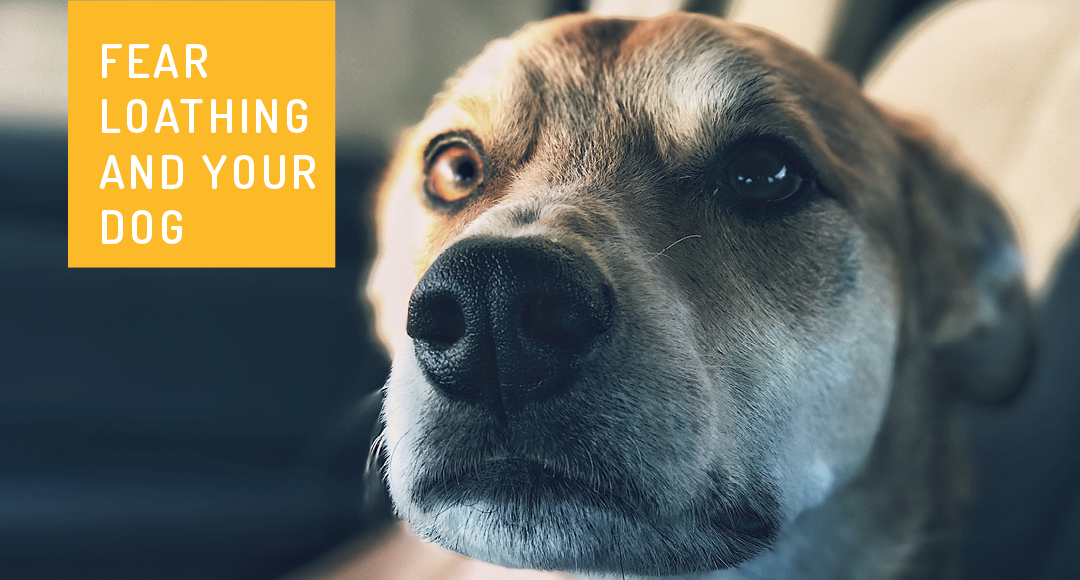
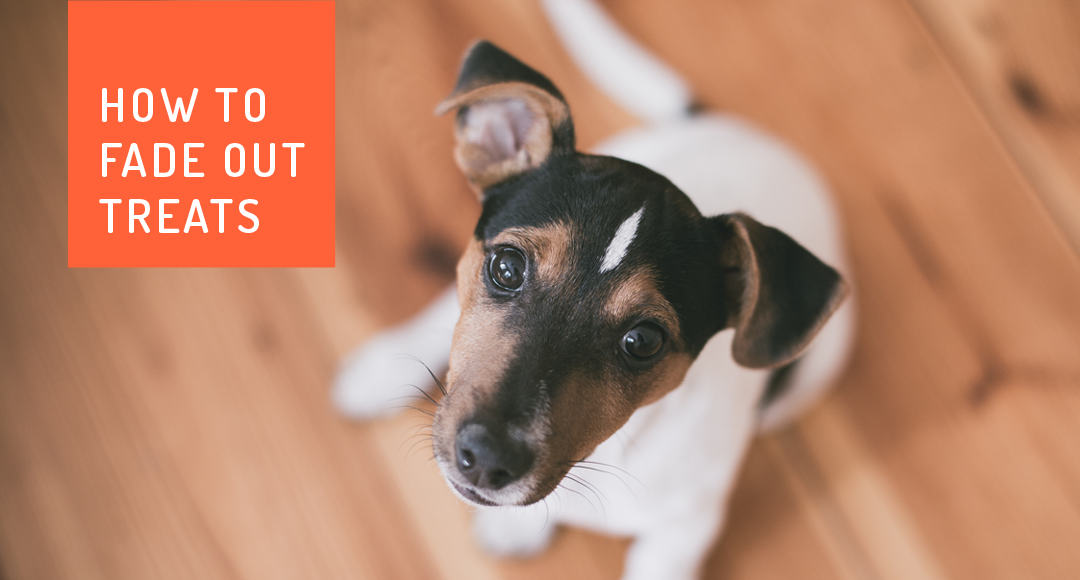
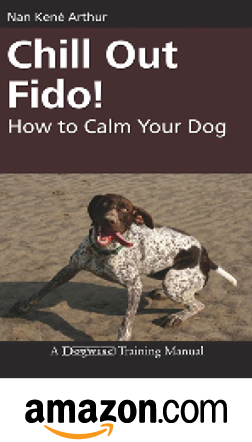
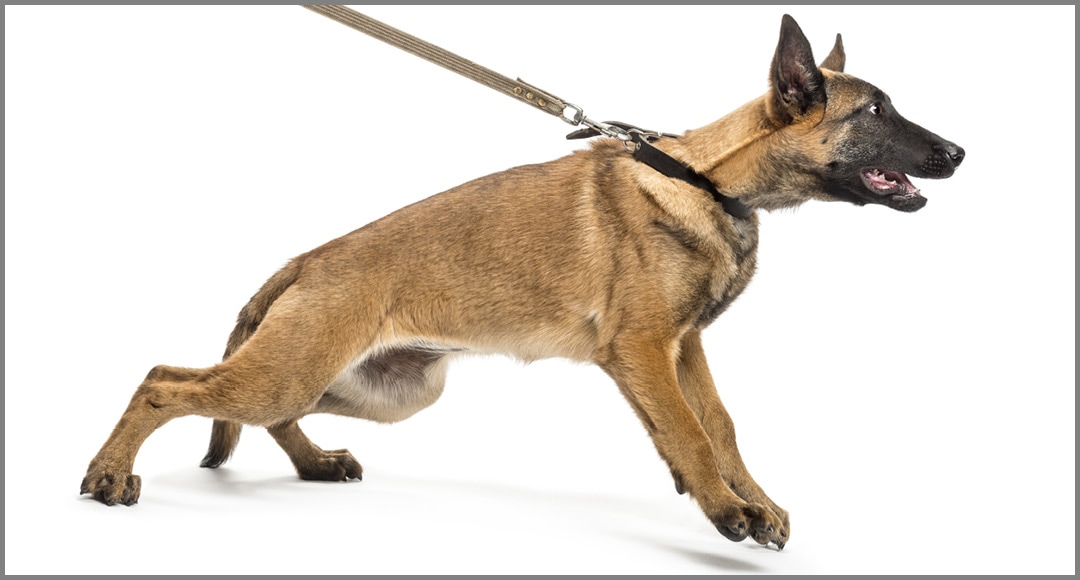
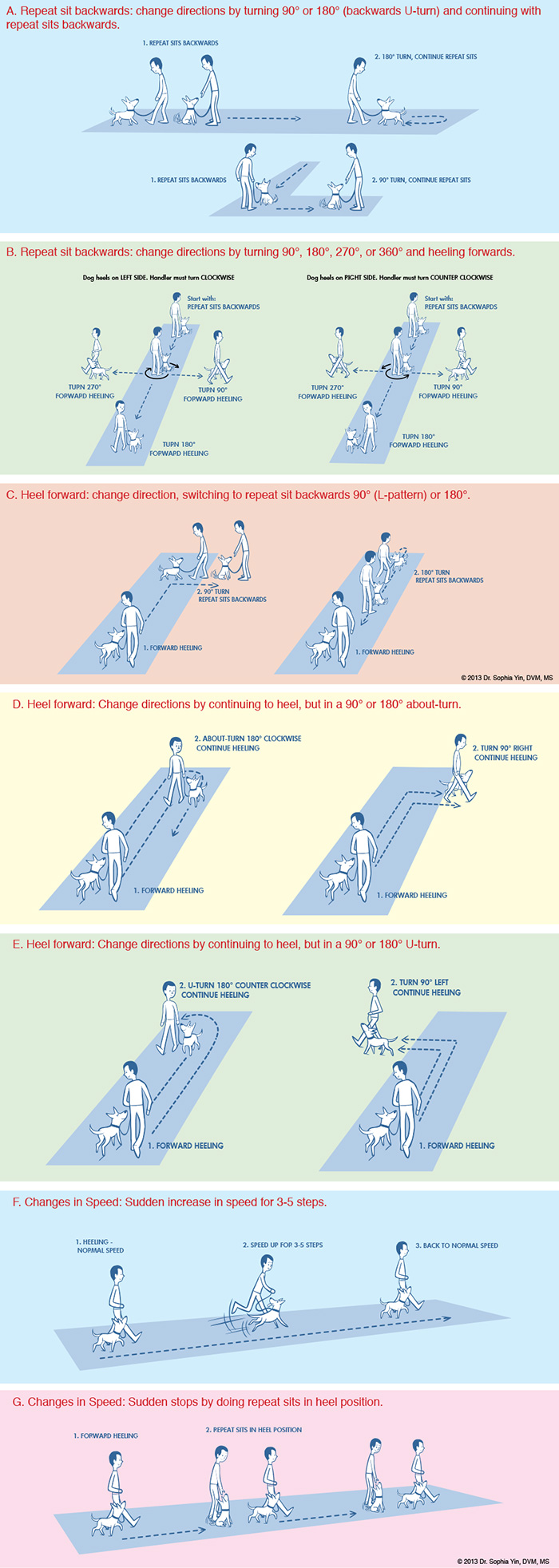
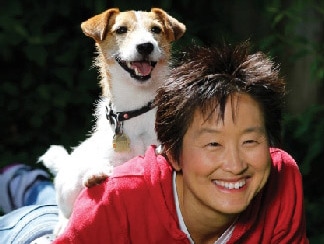
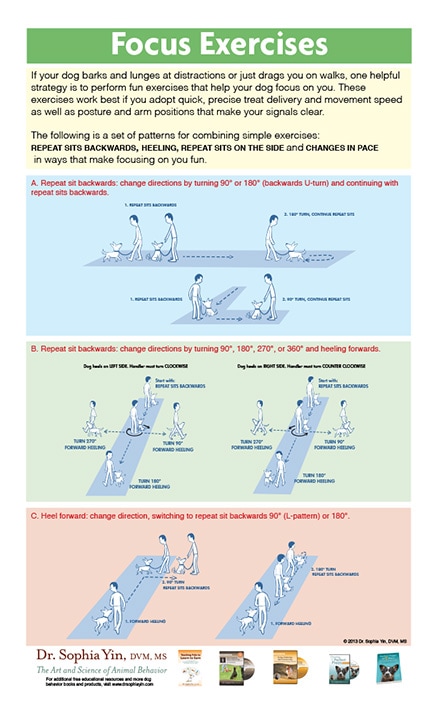
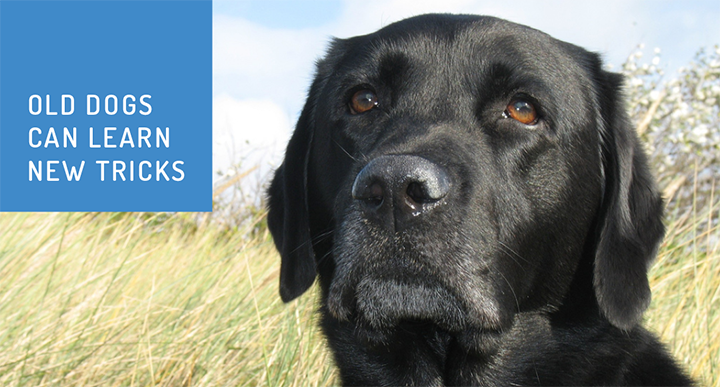
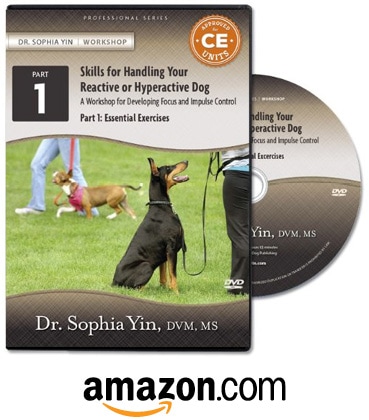

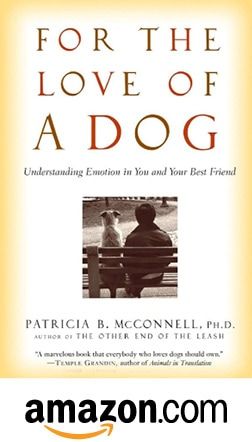
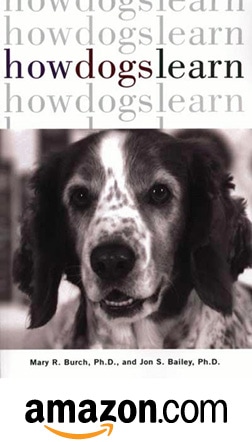
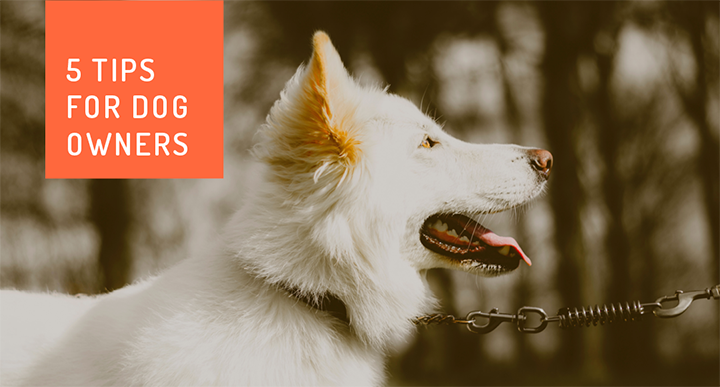
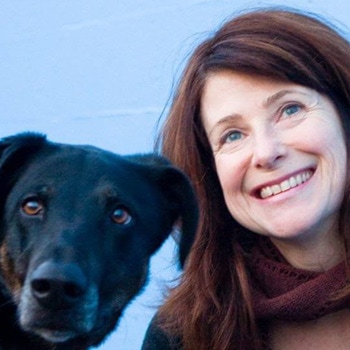
 RSS Feed
RSS Feed


